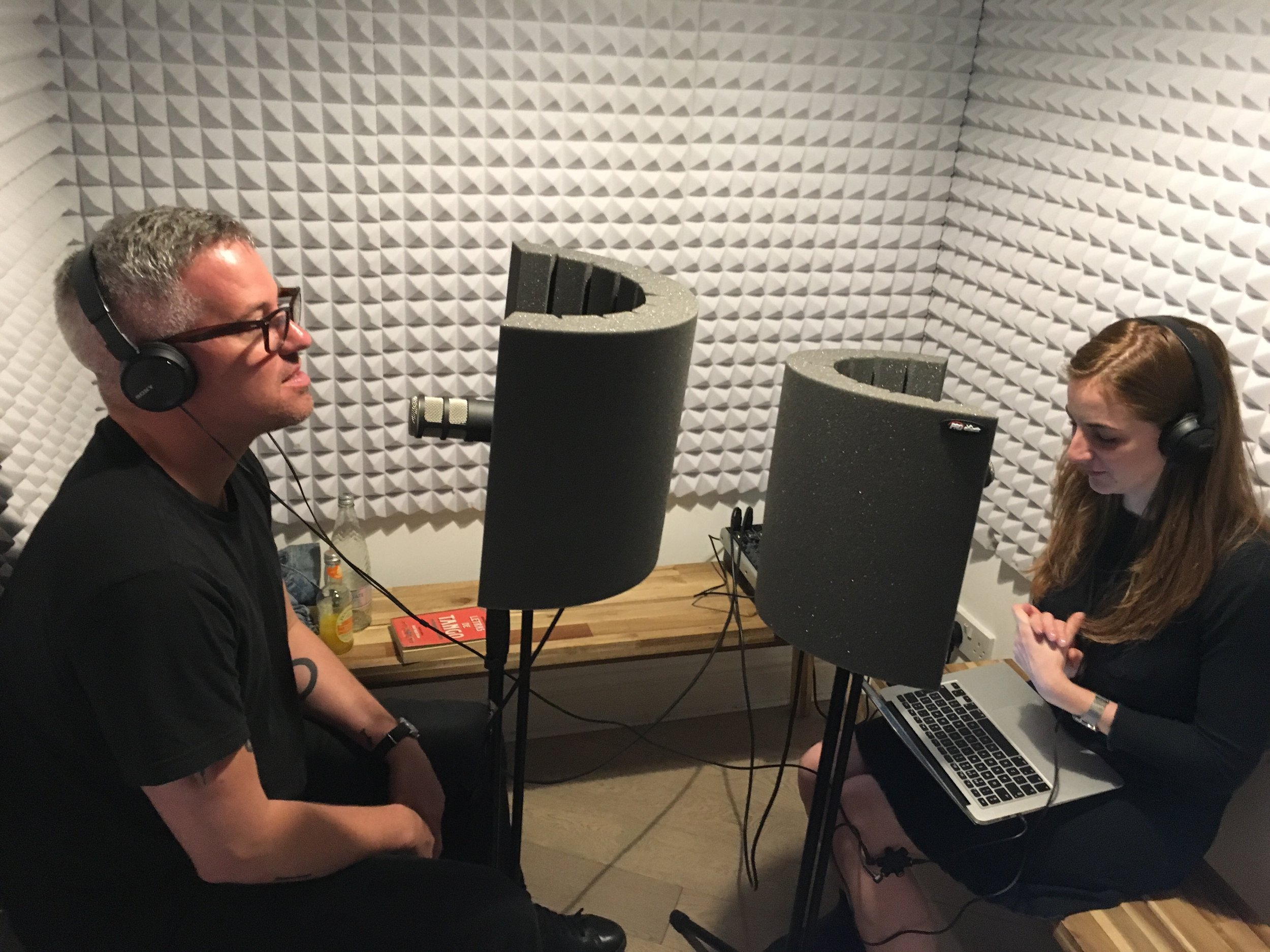Podcast
MEMRISE - LANGUAGE-LEARNING APP
Through videos, practical phrases, gamified tests and immersive experiences, Memrise teaches people to speak a language like the locals. The spaced repetition algorithm presents new words to the user and then tests them at optimally timed intervals.
-
Goals
Create a long-form content experience to allow users to be exposed to more of the language they were learning. At the same time, the business wanted to pilot the use of other media to engage the audience outside of the app.
-
My role
UX Designer responsible for defining the format of the podcast, the target audience, and the user journeys between the app and the podcast. I quickly gained more and more responsibilities by producing, hosting, and promoting the podcast. I worked within the Marketing Department.
-
Tools and Platforms
I recorded pilots and episodes using GarageBand. I used Google docs for pre-production notes, and spreadsheets to keep track of delivery status.
The podcast was hosted on a third-party service.
The problem
We had quantitative data showing us that the average paying user would use the app only a few days a month and that they would spend 20-25 mins/day on it.
We also knew from previous qualitative research that our users
Needed longer-form content in order to experience more of the language they were learning
Considered getting closer to the target culture a fundamental aspect of language learning
We needed a way to tackle both business and user needs.
Understand
I understood early on that we were looking to achieve two main goals
Engage our user base by getting them to listen to long-form content even when not using the app
Help users learn a language by providing them with more and relevant input in that language
After coordinating with the COO, who was overseeing the project, I started researching the podcasting industry and organised and ran a company brainstorm to gather ideas as to what format the show could take and which topics it could cover.
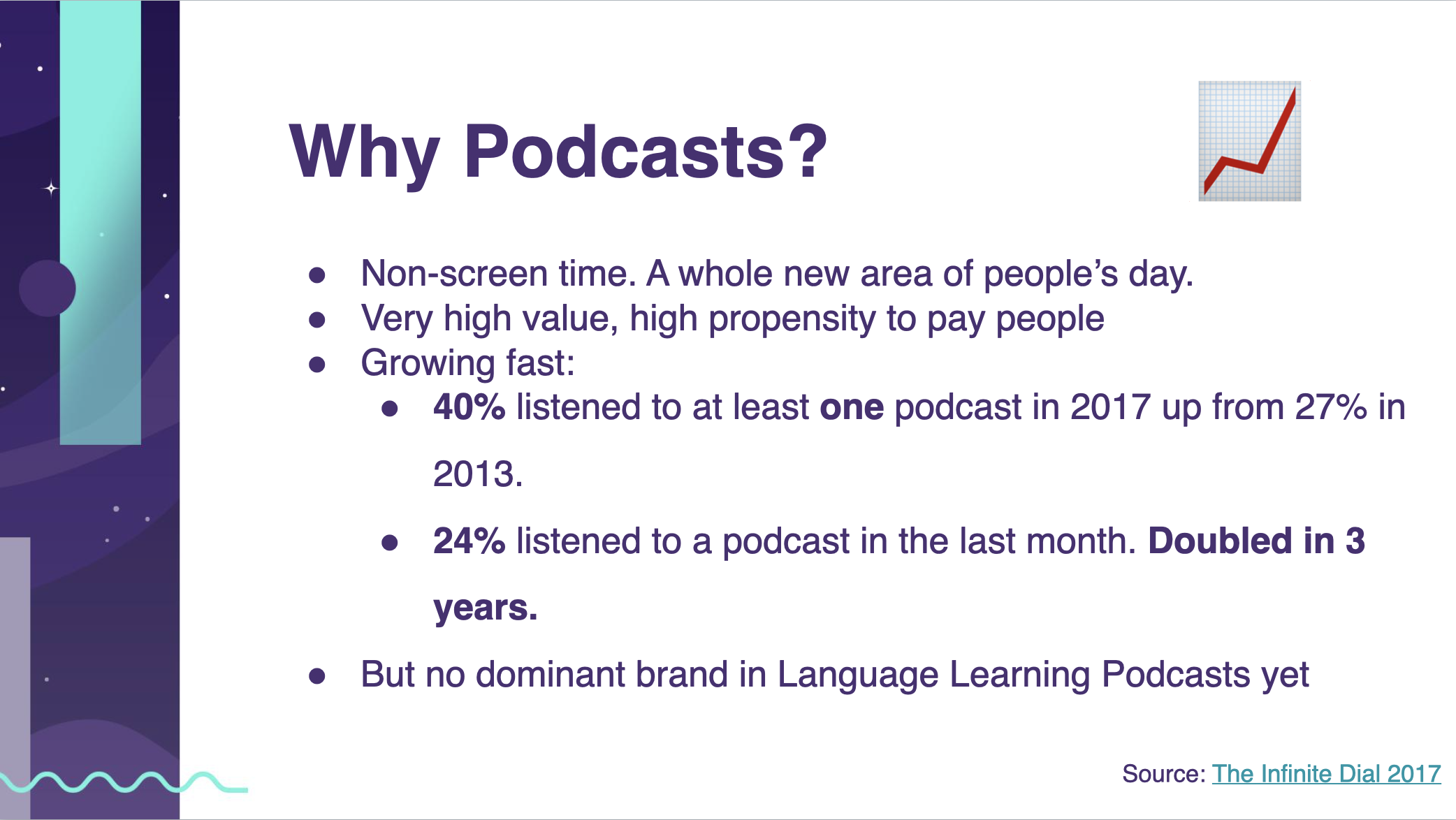

Define and Ideate
After scoring the ideas on criteria such as production cost, scalability, and engagement value, I tested a few variations of the show format and learned that
Listeners were more involved when listening to a real conversation on a culturally relevant topic
Beginners often needed the host to use English in order to be sure they understood
For these reasons, each episode sounds like a conversation between friends on a cultural topic. My guests speak Spanish and I, the host, speak English.
I also conducted further research to understand how to use podcast discoverability algorithms to our advantage.
“I’m picking up on a lot of useful expressions while learning things I always wondered about!”
— Kana
“It was good to hear it in English, as it confirmed I had understood.”
— Mike
Implement
After recording the first five episodes, Season 1 launched in September 2018. Looking at the data I was getting from Apple Podcast, I noticed that
The highest drop off rate was taking place within the first 3 mins of each episode
Some listeners would skip segments when the Spanish speakers were talking for too long
Iterate
I ran a survey and a few user interviews to understand why that was happening, and integrated those insights in the production of Season 2.
For instance, I shortened the intro of each episode to let the guests speak earlier and made the titles more transparent so the audience could have clearer expectations on the content of each episode.
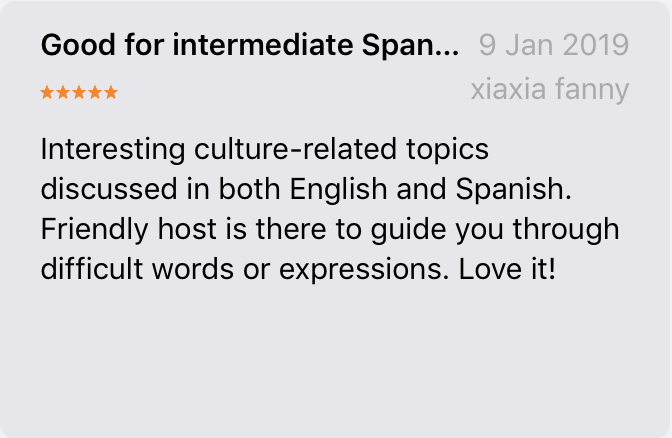
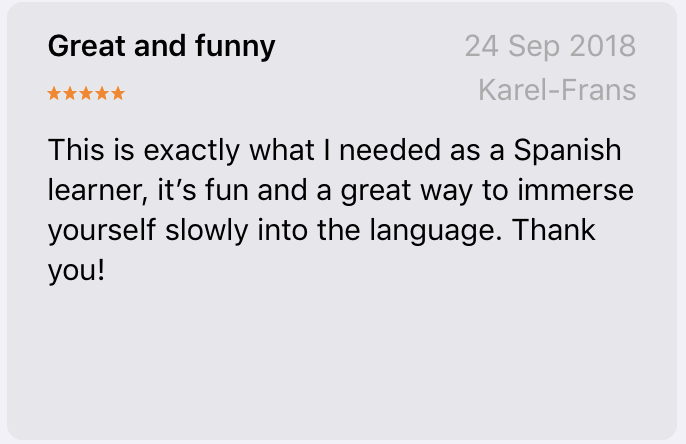
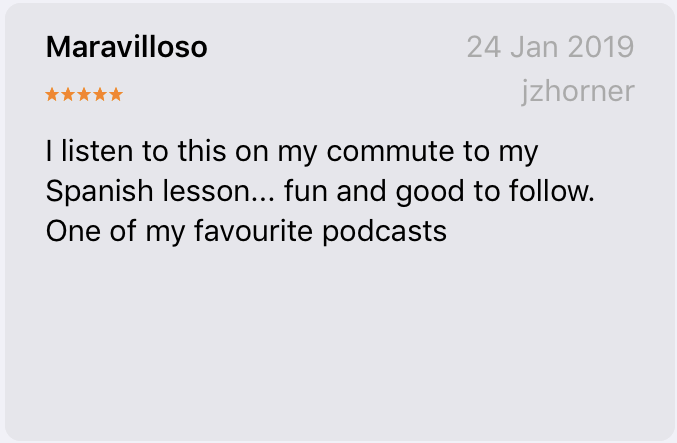
Learnings and considerations
Season 2 of Sobremesa was released in January 2019. The rate of episode downloads for that season showed we managed to build an engaged following, reaching over 20k downloads.
We used CRM to push the show to our Spanish-learning users, and paid ads to reach lookalikes that had the potential to download our app and subscribe.
The most important thing I learned was that using that type of podcast as a marketing tool for user acquisition did not allow us to make the most of it. In fact, user interviews showed that the podcast would have been the perfect learning aid if embedded in the app or hosted on our website where we could more easily redirect traffic to. Unfortunately, the team I was in did not have any developer capability at the time.
The company is now planning to embed long-form content into the product.

